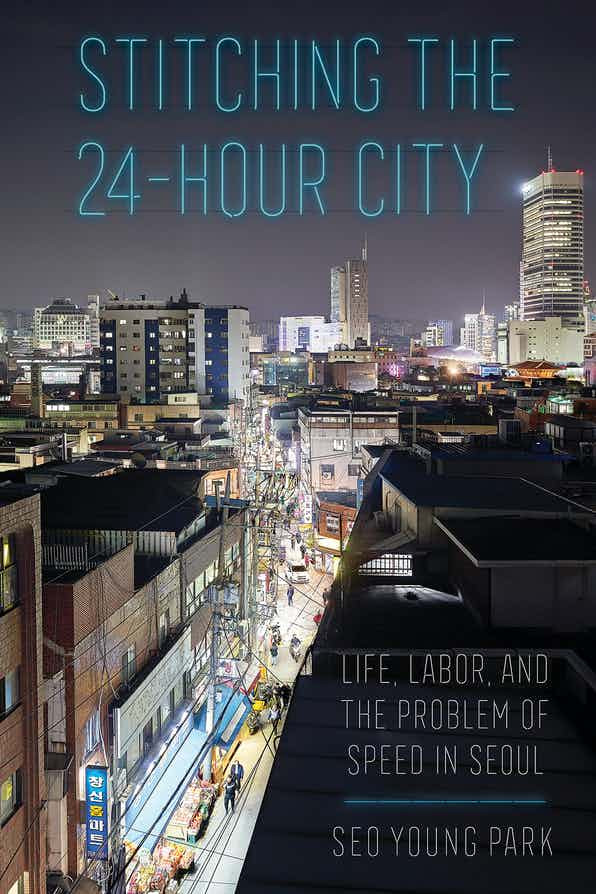

Most ebook files are in PDF format, so you can easily read them using various software such as Foxit Reader or directly on the Google Chrome browser.
Some ebook files are released by publishers in other formats such as .awz, .mobi, .epub, .fb2, etc. You may need to install specific software to read these formats on mobile/PC, such as Calibre.
Please read the tutorial at this link. https://ebooknice.com/page/post?id=faq
We offer FREE conversion to the popular formats you request; however, this may take some time. Therefore, right after payment, please email us, and we will try to provide the service as quickly as possible.
For some exceptional file formats or broken links (if any), please refrain from opening any disputes. Instead, email us first, and we will try to assist within a maximum of 6 hours.
EbookNice Team

Status:
Available5.0
20 reviewsStitching the 24-Hour City reveals the intense speed of garment production and everyday life in Dongdaemun, a lively market in Seoul, South Korea. Once the site of uprisings against oppressive working conditions in the 1970s and 1980s, Dongdaemun has now become iconic for its creative economy, nightlife, fast-fashion factories, and shopping plazas. Seo Young Park follows the work of people who witnessed and experienced the rapidly changing marketplace from the inside. Through this approach, Park examines the meanings and politics of work in one of the world's most vibrant and dynamic global urban marketplaces.
Park brings readers into close contact with the garment designers, workers, and traders who sustain the extraordinary speed of fast-fashion production and circulation, as well as the labor activists who challenge it. Attending to their narratives and practices of work, Park argues that speed, rather than being a singular drive of acceleration, is an entanglement of uneven paces of life, labor, the market, and the city itself.
Stitching the 24-Hour City exposes the under-studied experiences with Dongdaemun fast fashion, peeling back layers of temporal politics of labor and urban space to record the human source of the speed that characterizes the never-ending movement of the 24-hour city.